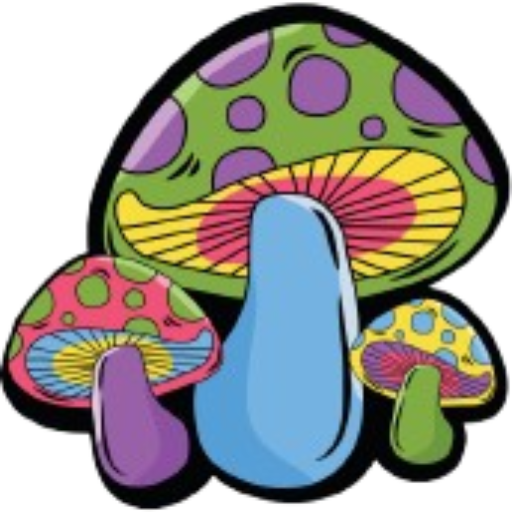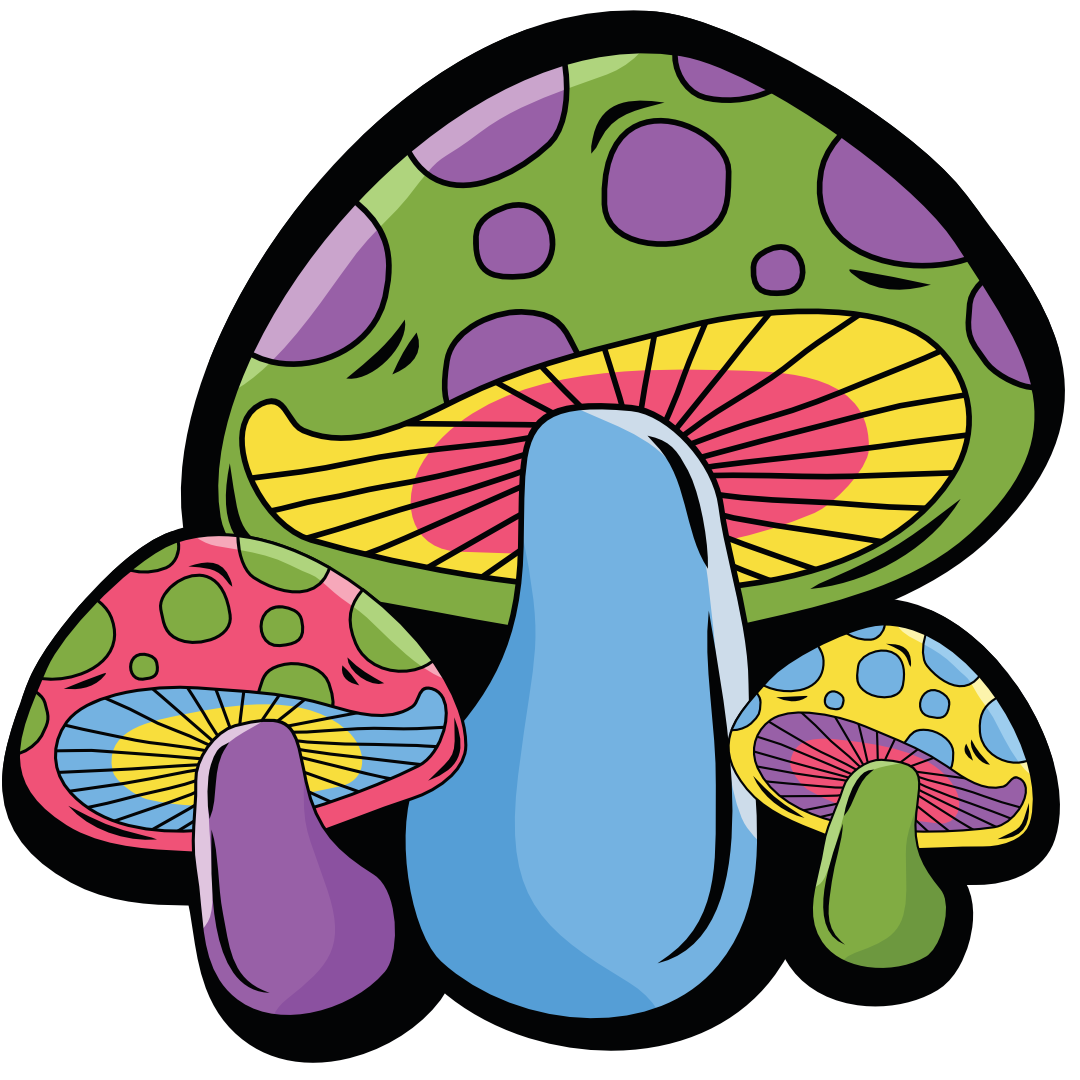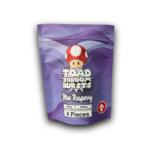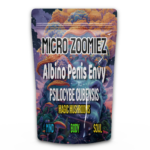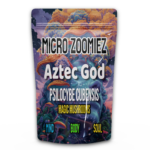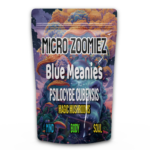Psilocybin, a naturally occurring psychedelic compound, is found in more than 200 species of fungi. In 1958, Swiss chemist Albert Hofmann and his team at Sandoz Laboratories were the ones who isolated and identified the active compounds psilocybin and psilocin from the mushroom Psilocybe mexicana. Hofmann’s groundbreaking research into the chemical structure and psychoactive effects of psilocybin led to the development of several structural analogs, including ethocybin and CZ-74, which were used in psycholytic therapy. Sandoz also marketed and sold pure psilocybin under the brand name Indocybin to clinicians and researchers worldwide. Hofmann’s pioneering work on psilocybin and other psychedelics, such as LSD, earned him the nickname “the father of LSD.”
Psilocybin, a naturally occurring psychedelic compound, was first isolated and identified by Swiss chemist Albert Hofmann and his team at Sandoz Laboratories in 1958. Hofmann’s groundbreaking research into the chemical structure and psychoactive effects of psilocybin, as well as his development of structural analogs, played a crucial role in the discovery and understanding of this potent entheogenic substance. Sandoz’s marketing and distribution of pure psilocybin under the brand name Indocybin also contributed to its widespread use in clinical and research settings.
Early History of Psilocybin Mushrooms
Archaeological Evidence of Ancient Usage
The use of psilocybin mushrooms has a long and rich history, with evidence suggesting they have been employed in religious ceremonies for thousands of years. One of the most intriguing examples is the Tassili Mushroom Figure, discovered in Tassili, Algeria, which is believed to depict psychedelic mushrooms and the transformation of the user, dating back to 9000-7000 BC.
Similar pictographs, found near the Spanish town of Villar del Humo and dating back 6,000 years, have been tentatively identified as representing the hallucinogenic species Psilocybe hispanica. These ancient artistic depictions provide a glimpse into the role psilocybin mushrooms played in the spiritual and cultural practices of our ancestors.
Archaeologists have also uncovered Mayan “mushroom stones” in Guatemala, which suggest the ritual and ceremonial use of psychoactive mushrooms in Mesoamerican cultures, including the Aztecs, who referred to them as teonanácatl or “divine mushrooms.” This archaeological evidence underscores the deep-rooted connection between humans and these remarkable fungi.
“Psilocybin-containing mushrooms from the genus Psilocybe were likely ingested by early hominins since the Pliocene (beginning 5.3 million years ago).”
The presence of psilocybin mushrooms in early human environments, such as the African grasslands, implies that our ancestors may have been exposed to these psychoactive fungi during the Pleistocene era (beginning 2.5 million years ago). This potential exposure could have influenced the evolution and adaptability of our species, as psilocybin has been hypothesized to stimulate visual acuity, sexual activity, and visionary experiences.
Ritual and Ceremonial Use in Ancient Mesoamerica
Mesoamerican cultures have a long history of ritual and ceremonial use of psychoactive mushrooms. The Aztecs, in particular, referred to these mushrooms as teonanácatl, meaning “divine mushroom” in Nahuatl. For centuries, these entheogens were consumed in spiritual and divinatory ceremonies before the Spanish chroniclers first documented their use in the 16th century.
After the Spanish conquest, the use of these psychedelic mushrooms was forbidden as “pagan idolatry,” leading the indigenous people of Mesoamerica to conceal their practices for the next four centuries. However, some accounts of these rituals were preserved, thanks to the efforts of religious figures like the Dominican friar Diego Durán and the Franciscan friar Bernardino de Sahagún.
“Psilocybin mushrooms have been used in Mesoamerica for at least 3,000 years, with Mixtec and Nahua cultures engaging in ritual, therapeutic, divinatory, and pleasure use of these psychoactive fungi.”
The Codex Vindobonensis Mexicanus 1, created by the Mixtec people, depicts ancient mushroom rituals that were possibly related to calendrical adjustments. Similarly, the Florentine Codex, a colonial text, describes Aztec mushroom ceremonies in which participants would give thanks for successful expeditions, dance, and share visionary experiences.
The use of psychoactive substances in Mesoamerican cultures was not limited to mushrooms. The ancient communities also utilized the psychedelic properties of plants like the San Pedro cactus and Peyote, dating back to as early as 8,600 BC in Peru and 14,000 BC in Mexico. These substances were often used in shamanic rituals for communication with ancestors, accessing other realms of being, and gaining insights about the natural world.
European Accounts of Psychedelic Mushrooms
While the use of psilocybin mushrooms has deep roots in ancient Mesoamerican cultures, reliable historical records of their presence in Europe are scarce. However, a few botanists and herbalists over the centuries did document the existence of psychoactive “crazy” or “foolish” mushrooms growing in the region.
Flemish botanist Carolus Clusius wrote about the “bolond gomba” or “crazy mushroom” used in rural Hungary in the 16th century. Meanwhile, English botanist John Parkinson included details about a “foolish mushroom” in his 1640 herbal compendium. These early European accounts hint at the longstanding presence of psychedelic mushrooms like the ubiquitous Psilocybe semilanceata, also known as the “liberty cap,” across the continent.
Early European Encounters
One of the first well-documented reports of intoxication with Psilocybe semilanceata emerged in 1799, when a British family in London’s Green Park picked and consumed the mushrooms, experiencing the hallucinogenic effects. This incident marked a significant milestone in the historical record of psychedelic mushrooms in Europe.
“The liberty cap mushroom (Psilocybe semilanceata) shares a common name with a hat worn by freed Roman slaves as a symbol of their liberation.”
Modern Discovery of Psilocybin
R. Gordon Wasson and the Mazatec Rituals
In the 1950s, American banker and amateur ethnomycologist R. Gordon Wasson and his wife Valentina P. Wasson, a physician, embarked on a fascinating journey to study the ritual use of psychoactive mushrooms by the native population in the Mazatec village of Huautla de Jiménez, Mexico. During their explorations, Wasson described his profound psychedelic visions experienced during these rituals in a captivating article published in Life magazine in 1957. Soon after, they were joined by French mycologist Roger Heim, who played a crucial role in identifying several of the mushrooms as belonging to the Psilocybe species.
The Wassons’ groundbreaking work and Heim’s expertise paved the way for a remarkable discovery. Heim then sent samples of the Psilocybe mexicana mushrooms to the renowned Swiss chemist Albert Hofmann, who led a research group that successfully isolated and identified the psychoactive compounds psilocybin and psilocin, publishing their findings in 1958. This landmark event marked the modern discovery of psilocybin, a compound that has since captivated the interest of scientists, researchers, and the public alike.
“The effects of psilocybin in magic mushrooms begin around 30 minutes after consumption, and psilocybin activates serotonin receptors in the brain, impacting mood, perception, and cognitive abilities.”
Albert Hofmann’s Isolation and Synthesis
The discovery of psilocybin and psilocin, the psychoactive compounds in “magic mushrooms,” is inextricably linked to the pioneering work of Swiss chemist Albert Hofmann. In 1958, Hofmann and his team at Sandoz Laboratories isolated and identified these remarkable substances from the mushroom Psilocybe mexicana.
Hofmann’s research at Sandoz didn’t stop there. He went on to develop several structural analogs of psilocybin and psilocin, including ethocybin and CZ-74, which were found to have shorter-acting effects more suitable for use in psycholytic therapy. Sandoz marketed and sold pure psilocybin under the name Indocybin, making it available to clinicians and researchers worldwide for their work in psychedelic-assisted therapy.
“LSD has regained interest, as seen in the rise of microdosing. LSD has been recognized as a tool for exploration into inner worlds by scientists.”
Hofmann’s groundbreaking discoveries at Sandoz Laboratories paved the way for a deeper understanding and therapeutic application of these powerful compounds. His research legacy continues to inform and inspire the ongoing exploration of psilocybin and its psilocin in the fields of psychedelic science and mental health treatment.
Who Invented Psilocybin
Albert Hofmann’s Discovery
The story of psilocybin’s discovery is closely tied to the work of Swiss chemist Albert Hofmann. In 1958, Hofmann and his research team at Sandoz Laboratories were the first to isolate and identify the psychoactive compounds psilocybin and psilocin from the mushroom Psilocybe mexicana. Hofmann’s groundbreaking synthesis of these compounds, as well as other psychedelic substances like LSD, earned him the moniker “the father of LSD.”
Hofmann’s pioneering research not only revealed the chemical structure of psilocybin, but also led to the synthesis of several structural analogs, including ethocybin and CZ-74, which had shorter-acting effects suitable for use in psycholytic therapy. This laid the foundation for the ongoing exploration of psilocybin’s therapeutic potential in the treatment of various mental health conditions.
“Psilocybin, a chemical produced by more than 100 species of mushrooms worldwide, was first isolated by Albert Hofmann in 1957 from the Central American mushroom Psilocybe mexicana.”
Hofmann’s work on psilocybin and other psychoactive compounds has had a lasting impact on the field of psychedelic research, leading to a renewed interest in exploring the potential medical applications of these substances.
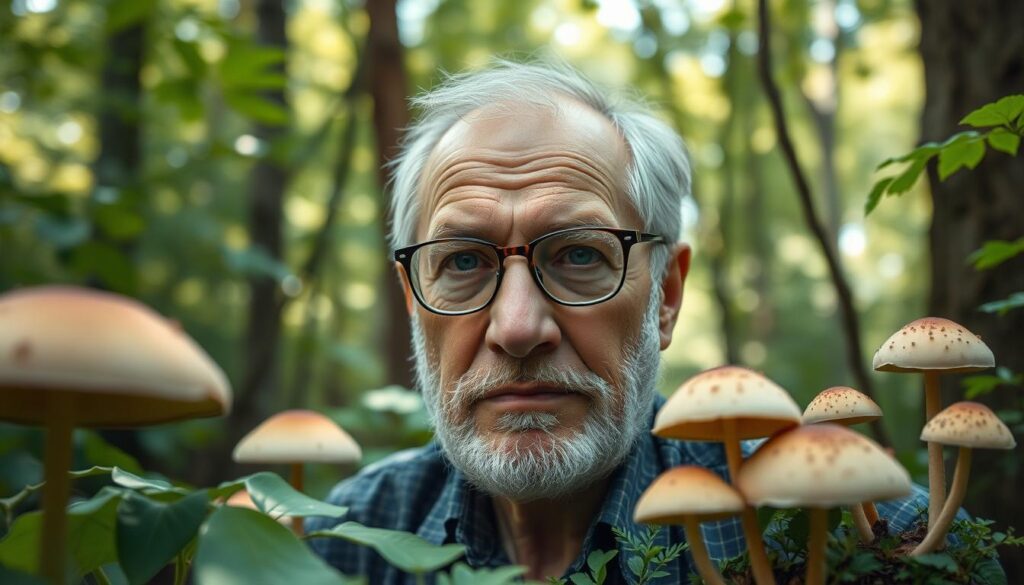
Psychedelic Research and Therapy
In the early 1960s, Harvard University became a hub for pioneering psilocybin research. Led by Timothy Leary and his team, these experiments explored the profound psychedelic effects of psilocybin, often leading to reported spiritual or mystical insights. However, Leary’s controversial approach and the growing counterculture movements associated with psychedelics ultimately led to a backlash that curbed scientific research into the therapeutic potential of psilocybin and other hallucinogens in the decades that followed.
Timothy Leary’s Experiments at Harvard
Leary and his colleagues conducted groundbreaking studies at Harvard, investigating the transformative impact of psilocybin on human consciousness. Their work shed light on the therapeutic possibilities of psychedelic substances, suggesting that these compounds could be valuable tools for personal growth, addiction treatment, and even spiritual enlightenment. Yet, the growing social and political stigma surrounding psychedelics ultimately led to the shutdown of Leary’s research program and the broader suppression of psychedelic science in the 1960s and 1970s.
“The psychedelic experience is a journey to new realms of consciousness.”
– Timothy Leary
Despite the setbacks, there has been a resurgence of interest and research into the therapeutic applications of psychedelics in recent years. Breakthrough therapy status has been granted by the FDA to psilocybin and MDMA for specific conditions, and scientists are once again exploring the potential of psychedelic-assisted therapy to address a range of mental health challenges.
Legal Status and Restrictions
The legal status of psilocybin, the active compound in psychedelic mushrooms, has long been a subject of debate and controversy. Possession of psilocybin-containing mushrooms has been outlawed in most countries, with psilocybin classified as a Schedule I controlled substance under the 1971 United Nations Convention on Psychotropic Substances.
This international treaty has significantly limited scientific research and medical use of psilocybin and other psychedelic substances. However, in recent years, there has been a renewed interest in exploring the therapeutic potential of psilocybin, leading to some easing of restrictions in certain jurisdictions.
“Psilocybin and psilocin are listed as Schedule I drugs under the United Nations 1971 Convention on Psychotropic Substances, which defines drugs with a high potential for abuse or no recognized medical uses.”
In the United States, psilocybin (and psilocin) were subjected to federal regulation starting from a bill sponsored by Senator Thomas J. Dodd in 1965, further enforced with the Controlled Substances Act of 1970 categorizing them as Schedule I drugs. This has resulted in severe legal penalties for possession and use in many countries.
Despite these restrictions, some jurisdictions, such as Oregon, California, District of Columbia, Alberta (Canada), and Colorado, have moved towards legalizing or decriminalizing psilocybin mushrooms for specific purposes, such as mental health treatment or medicinal use. The legal landscape surrounding psilocybin continues to evolve, reflecting the ongoing debate over its potential benefits and risks.
Renewed Interest and Research
In recent years, there has been a renewed interest in exploring the therapeutic potential of psilocybin and other psychedelic compounds. Organizations like the Multidisciplinary Association for Psychedelic Studies (MAPS) have supported psilocybin research, including the first study of the therapeutic effects of LSD on humans in 35 years, completed in 2011. These studies have reignited hope in the medical community for the use of psilocybin and other psychedelics in the treatment of conditions like depression, anxiety, and addiction.
MAPS and Modern Psychedelic Studies
Led by Dr. Rick Doblin, who has dedicated his life to researching psychedelics, MAPS has conducted groundbreaking studies on the potential benefits of drugs like MDMA and psilocybin. Their work has shown significant relief for patients with severe post-traumatic stress disorder and the positive effects of treating depression with psilocybin.
As a result of this renewed interest and research, some jurisdictions have begun to ease restrictions on the use of psilocybin for research and therapeutic potential. For example, the Centre for Addiction and Mental Health (CAMH) in Canada has been awarded the country’s first federal grant to study psilocybin for treatment-resistant depression, with plans to recruit 60 adults over three years.
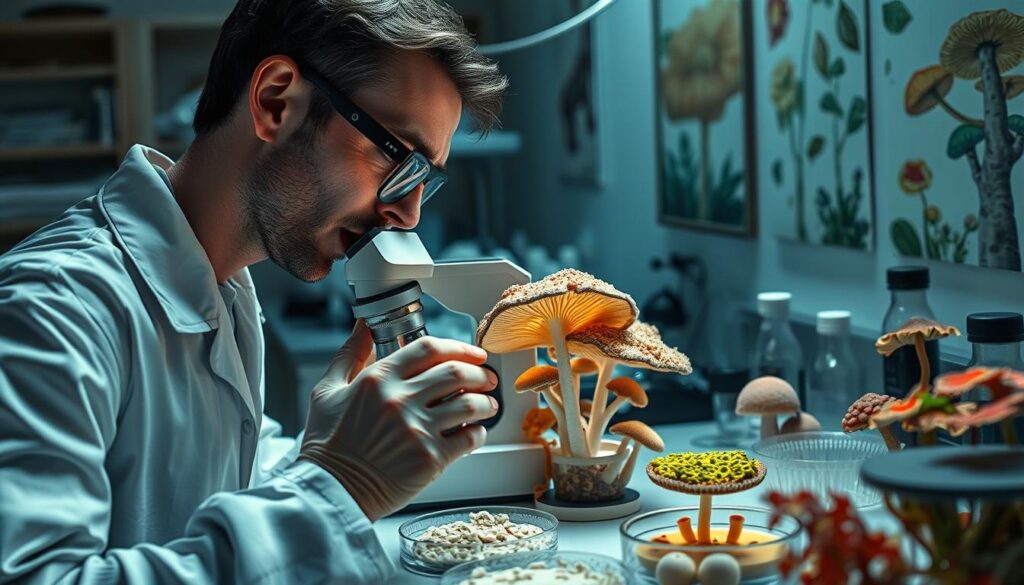
“The new clinical trial will recruit 60 adults with treatment-resistant depression over three years. The study will involve administering a full dose of psilocybin plus a blocker for the 5-HT2A serotonin brain receptor to inhibit the drug’s psychedelic effect in one third of participants.”
As psilocybin research continues to advance, with top universities and investors supporting psychedelic studies, the future looks promising for the therapeutic potential of these compounds in treating a variety of mental health conditions.
Conclusion
Psilocybin, the psychoactive compound found in certain species of mushrooms, has a rich and fascinating history. From its ancient use in religious and ceremonial rituals in Mesoamerica to its modern rediscovery and synthesis by Swiss chemist Albert Hofmann, psilocybin has long captured the human imagination. While its legal status has often been restrictive, the renewed interest in exploring the therapeutic potential of psilocybin and other psychedelics offers hope for new medical breakthroughs and a deeper understanding of the human mind.
As research continues, the legacy of psilocybin’s discovery and development will undoubtedly continue to evolve. The synthesis of psilocybin has seen improvements in yield and purity, and the compound’s stability makes it a preferred Active Pharmaceutical Ingredient (API) in clinical trials. Additionally, the therapeutic potential of psilocybin for psychiatric disorders like depression has garnered increased attention in recent years, with promising results.
The history of psilocybin is inextricably linked to the natural products found in fungi, which have contributed significantly to drug discovery and development. Bioactive compounds from fungi, such as Ganoderma lucidum and Cordyceps mushrooms, have demonstrated various therapeutic effects, further underscoring the importance of exploring the natural world for potential medical breakthroughs. As the future of psilocybin research continues to unfold, it is clear that this remarkable compound will continue to captivate and inspire both the scientific community and the public at large.
